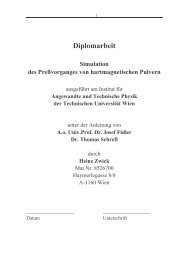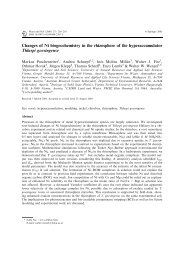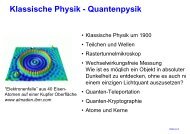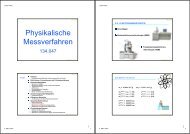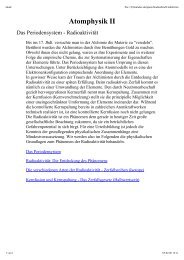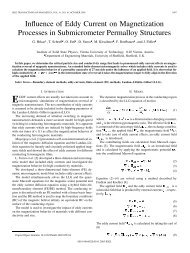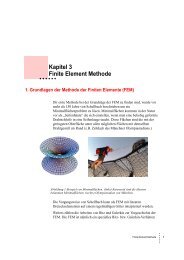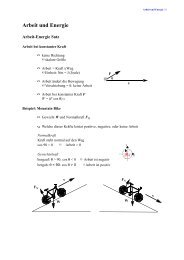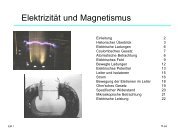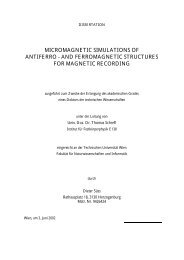Read Back Signals in Magnetic Recording - Research Group Fidler
Read Back Signals in Magnetic Recording - Research Group Fidler
Read Back Signals in Magnetic Recording - Research Group Fidler
You also want an ePaper? Increase the reach of your titles
YUMPU automatically turns print PDFs into web optimized ePapers that Google loves.
Numerical Methods<br />
Here A ij are 3× 3-submatrices<br />
describ<strong>in</strong>g the <strong>in</strong>teraction of the j-th tetrahedron of the<br />
conductor model with the i-th node of the magnetic model. Thus the matrix A= ( A ) is a<br />
( 3n) ( 3m)<br />
× -Matrix, where n denotes the number of nodes of the magnetic model and m the<br />
number of tetrahedrons <strong>in</strong> the conductor model. Usually the matrix A is fully populated and<br />
requires a lot of memory. The multiplication with such a matrix is very time consum<strong>in</strong>g. To<br />
speed up the calculation and save memory an adaptive cross-approximation technique can be<br />
used (see chapter 4.3). Unfortunately this technique needs a lot of memory when calculat<strong>in</strong>g<br />
the approximation of the <strong>in</strong>teraction matrix A for large magnetic and conductor models.<br />
4.4.5 Hybrid FEM/BEM for Current Field<br />
To overcome the storage problem we proposed an alternative way to calculate the magnetic<br />
field <strong>in</strong> the magnetic model. Here we use a common mesh for the magnet and the conductor<br />
model. Similar to the stray field calculation (see Section 2.5.2) we can reduce the <strong>in</strong>teraction<br />
matrix to a boundary <strong>in</strong>teraction matrix.<br />
Start<strong>in</strong>g from Equation (2.29)<br />
curl H = j, (4.49)<br />
apply<strong>in</strong>g the curl-operator on both sides, and consider<strong>in</strong>g that div H = 0 lead to a Poisson<br />
equation for each component of H.<br />
Δ H =−curl<br />
j (4.50)<br />
with boundary condition (see Appendix B)<br />
out <strong>in</strong><br />
∂H ∂H<br />
− = n× j<br />
∂n ∂n<br />
∂V<br />
. (4.51)<br />
Now the magnetic field can be calculated quite similar to the stray field, described <strong>in</strong> Section<br />
4.2. We split the magnetic field <strong>in</strong>to two parts<br />
H = H1+ H 2,<br />
(4.52)<br />
where H 1 is the solution of<br />
Δ H =− j (4.53)<br />
<strong>in</strong><br />
1 curl<br />
ij<br />
52



